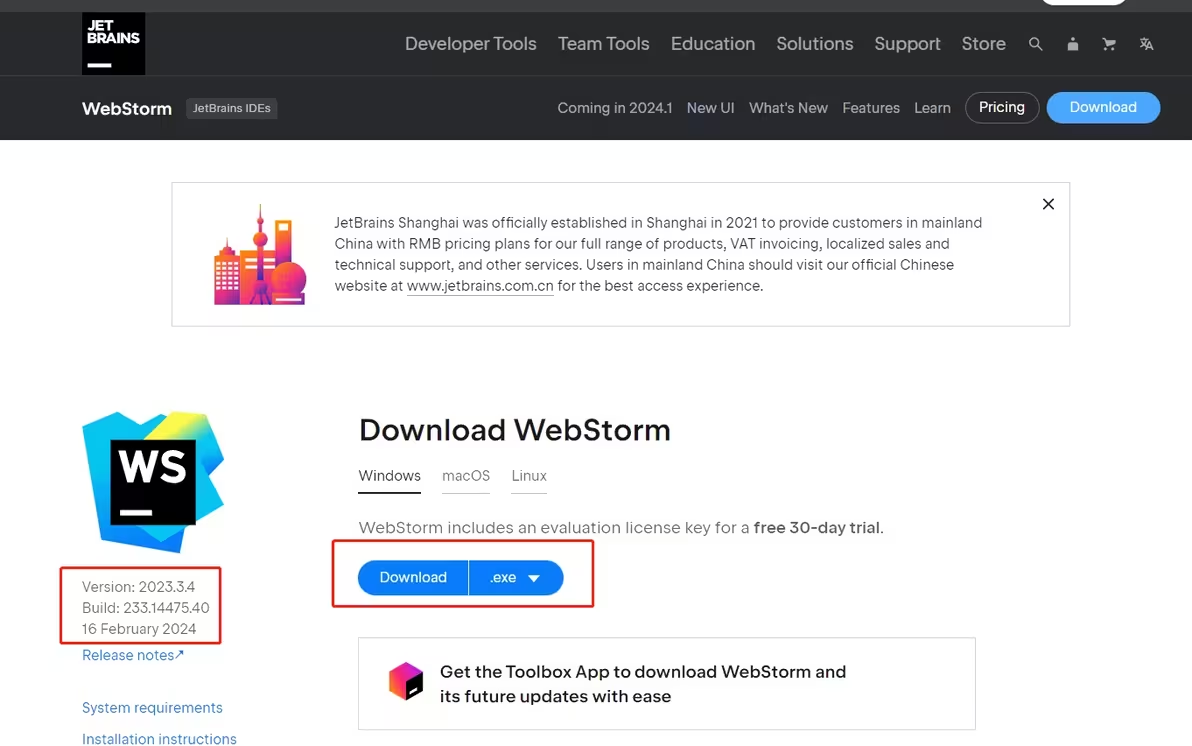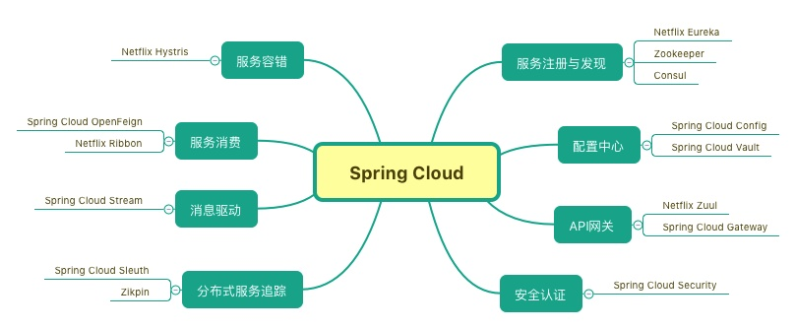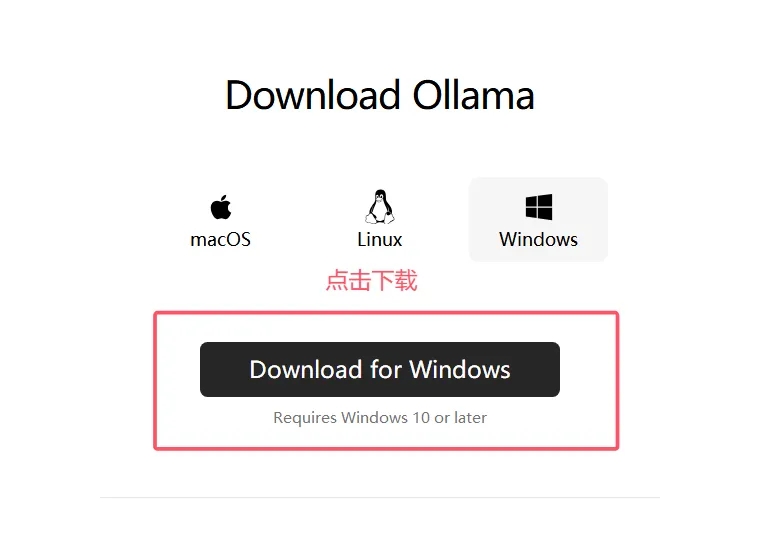本文将深入探讨 ASP.NET Core 中 EFCore 的实体属性配置方法及 DbContext 的核心用法,帮助开发者高效管理数据模型与数据库交互。
一、属性配置
实体属性配置是定义模型与数据库映射的核心,EFCore 提供两种方式:数据注解和 Fluent API。
1. 数据注解(Data Annotations)
通过特性(Attributes)直接在实体类上声明配置,适合简单场景。
public class Product{
[Key] // 主键
public int Id { get; set; } [Required, MaxLength(100)] // 非空且最大长度100
public string Name { get; set; } [ForeignKey("CategoryId")] // 外键
public int CategoryId { get; set; }
public Category Category { get; set; }}
常用注解:
-
[Key]:主键 -
[Required]:非空约束 -
[MaxLength(length)]:最大长度 -
[ForeignKey]:外键关系 -
[Table("TableName")]:自定义表名
2. Fluent API
在 DbContext 的 OnModelCreating 方法中配置,提供更灵活的方式。
protected override void OnModelCreating(ModelBuilder modelBuilder){
modelBuilder.Entity<Product>(entity => {
entity.HasKey(p => p.Id); // 主键
entity.Property(p => p.Name)
.IsRequired()
.HasMaxLength(100); entity.HasOne(p => p.Category) // 一对一/多关系
.WithMany(c => c.Products)
.HasForeignKey(p => p.CategoryId);
});}
常用配置方法:
-
HasKey():定义主键 -
Property().IsRequired():非空约束 -
HasIndex():创建索引 -
HasOne().WithMany():配置导航关系
优势:
-
集中管理配置,避免污染实体类。
-
支持复杂配置(如复合主键、继承映射)。
二、DbContext 详解
DbContext 是 EFCore 的核心,负责数据库连接、查询、事务管理等。
1. 定义 DbContext
派生类需继承 DbContext,并暴露 DbSet<T> 属性。
public class AppDbContext : DbContext{
public DbSet<Product> Products { get; set; }
public DbSet<Category> Categories { get; set; } protected override void OnConfiguring(DbContextOptionsBuilder options)
=> options.UseSqlServer("Your_Connection_String"); protected override void OnModelCreating(ModelBuilder modelBuilder)
{
// Fluent API 配置
}
}
2. 生命周期与依赖注入
在 ASP.NET Core 中,通过依赖注入管理上下文生命周期:
// Startup.cs
services.AddDbContext<AppDbContext>(options =>
options.UseSqlServer(Configuration.GetConnectionString("Default")));
-
作用域(Scoped):默认选项,每个请求一个实例,确保线程安全。
-
避免长时间持有
DbContext,以防内存泄漏。
3. 数据操作
-
查询:
var products = await _context.Products.Where(p => p.Price > 50).ToListAsync();
-
保存变更:
_context.Products.Add(newProduct);
await _context.SaveChangesAsync();
关键方法:
-
Add(),Remove():跟踪实体状态 -
SaveChangesAsync():提交事务
4. 性能优化
-
AsNoTracking():禁用变更跟踪,提升查询速度。
-
DbContext 池:复用上下文实例,减少开销。
services.AddDbContextPool<AppDbContext>(...);
三、高级配置
1. 多对多关系
使用 Fluent API 配置中间表:
modelBuilder.Entity<Post>()
.HasMany(p => p.Tags)
.WithMany(t => t.Posts)
.UsingEntity(j => j.ToTable("PostTags"));
2. 继承映射
TPH(Table-Per-Hierarchy)模式:
modelBuilder.Entity<Blog>()
.HasDiscriminator<string>("BlogType")
.HasValue<Blog>("Standard")
.HasValue<RssBlog>("RSS");
3. 全局过滤器
自动应用查询条件(如软删除):
modelBuilder.Entity<Post>().HasQueryFilter(p => !p.IsDeleted);
四、最佳实践与常见问题
-
选择数据注解还是 Fluent API?
-
简单配置用数据注解,复杂需求用 Fluent API。
-
DbContext 线程安全
-
确保每个请求使用独立实例,避免并发问题。
-
迁移(Migrations)
-
通过
dotnet ef migrations add生成数据库架构变更。 -
性能陷阱
-
避免在循环中频繁调用
SaveChanges()。 -
使用
Include()预加载关联数据,减少 N+1 查询。
结语
掌握 EFCore 的属性配置与 DbContext 管理,能够显著提升数据层开发效率。合理选择配置方式,结合依赖注入和性能优化技巧,可构建高效稳健的 ASP.NET Core 应用。
来源链接:https://www.cnblogs.com/shenchuanchao/p/18879792
如有侵犯您的版权,请及时联系3500663466#qq.com(#换@),我们将第一时间删除本站数据。












暂无评论内容